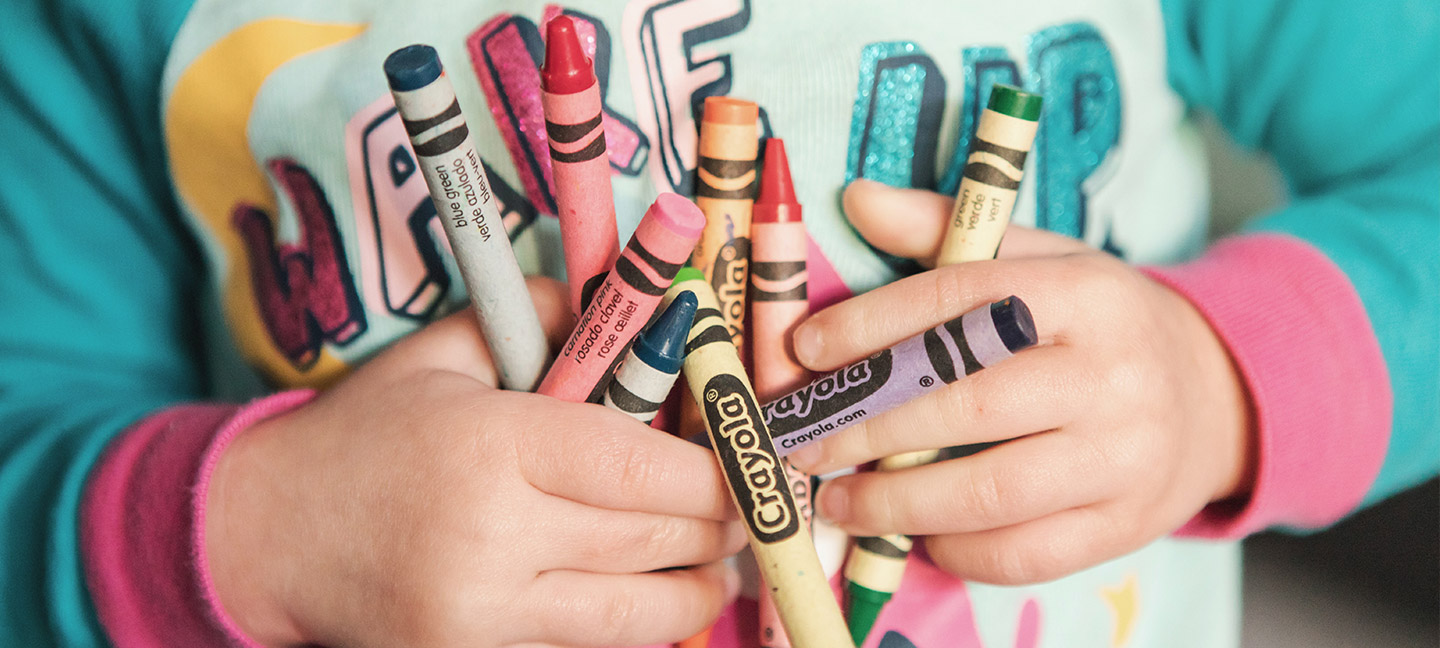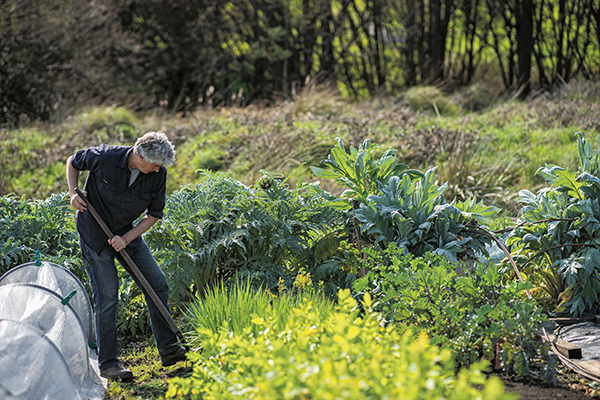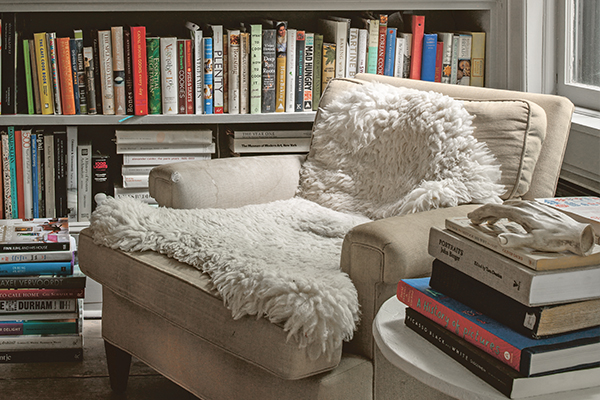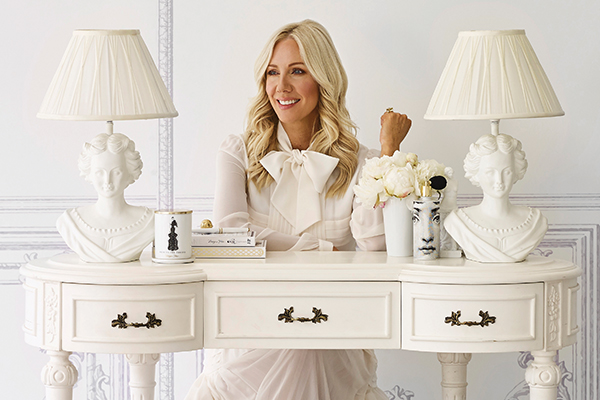Bring Montessori activities into your child's life
3 Apr 2020 | Simone Davies
The Montessori Toddler by Simone Davies is one of those rare parenting books that will not only help you become a more effective parent but actually change how you see your children. Written by Montessori educator Simone Davies, this book shows you how to bring the educational values of a Montessori classroom into your home through step-by-step practical guides and breaks down the education science in a digestible way. Read how to incorporate Montessori activities into your child's life.
Montessori activities for the whole child
CLICK HERE TO DOWNLOAD THE FULL EXTRACT
Often the easiest way to begin with Montessori at home is to start with activities.Toddlers’ needs consist of using their hands in various ways (working on their grasp, the ability to reach across the middle of their body, hand-to-hand transfer, carrying objects, using two hands together); practicing gross-motor movement; self-expression; and communication.
Montessori activities for toddlers fall into five main areas:
- eye-hand coordination
- music and movement
- practical life (activities of daily life)
- arts and crafts
- language
There is a list of Montessori activities for toddlers in the appendix of this book. Ages are given as an indication only. Be sure to follow the child and see which activities keep their attention, removing those that are too hard or too easy.
What makes and activity Montessori?
Montessori activities usually target one skill. For example, putting a ball into a box through a small hole allows the child to master this one skill. This differs from many traditional plastic toys that target multiple skills at the same time, with one part for pushing, one part where a ball drops, another part that makes a noise, and so on.
We also prefer to use natural materials. Toddlers explore with all their senses. Natural materials like wood are lovely to touch and generally safe for putting in their mouths, and the weight of the object is more likely to be directly related to its size. Although they are sometimes more expensive, wooden toys are often more durable and can be found secondhand and then passed on once the child has finished with them. Storing activities in containers made of natural materials, like woven baskets, incorporates handmade elements and beauty into the space, too.
Many Montessori activities have a beginning, middle, and end. The child may begin with a small part of the sequence and, as they develop, will be able to complete the full work cycle, including replacing the activity on the shelf. They experience peace while they are practicing the activity—and satisfaction once they complete it. For example, when arranging flowers, at first a child may show interest only in pouring water and using the sponge to wipe it up. Gradually they will learn all the steps and complete the work cycle, filling small vases with water, arranging all the flowers, putting away the materials at the end, and cleaning up any water that was spilled.
Montessori activities are complete. Completing an activity is important for their sense of mastery. A child can become frustrated if, for example, a piece of a puzzle is missing. If any pieces are missing, we remove the whole activity.
Activities are often organized in individual trays and baskets. Within each tray or basket is everything the child needs to complete the task by themselves. For example, if the activity involves water, we may want to include a sponge or hand mitt to clean up any spills.
Children gain mastery of an activity through repetition. The activity should be exactly at their level—challenging enough that it is not too easy yet not so difficult that they give up. I love seeing a row of clothespins along the top of a painting on the drying rack—a sign that a child has been busy working to master pinning up their paintings to dry.
They may focus on and repeat just one part of the activity. For example, they may practice squeezing a sponge or filling a jug with water from a tap. We observe and allow them to repeat and repeat the section they are trying to master. They will eventually add steps to the process or move on to another activity.
A child has the freedom to choose an activity. Our spaces are set up to encourage this freedom of choice by displaying a limited number of activities that they are working to master.
“The task of teaching becomes easy, since we do not need to choose what we shall teach, but should place all before him for the satisfaction of his mental appetite. He must have absolute freedom of choice, and then he requires nothing but repeated experiences which will become increasingly marked by interest and serious attention, during his acquisition of some desired knowledge.”
—Dr. Maria Montessori, To Educate the Human Potential
All text extracted from The Montessori Toddler by Simone Davies
Available in all good bookstores and online
Click here to find your preferred online retailer.




